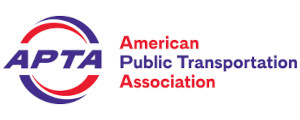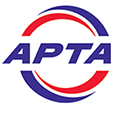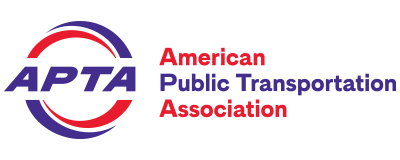Standard
Low-Location Exit Path Marking
Abstract
This standard contains minimum requirements for a low-location emergency path marking system for rail transit vehicles using passive means (non-electrically powered illumination) of marking the exit path(s) to safety.
Document History
| Document Number | Version | Publication Date | Publication | Related Information |
|---|---|---|---|---|
| APTA RT-VIM-S-022-10 | Rev. 1 | 12/06/2017 | Published | Current |
Keywords
emergency exit, exit path, low-location exit path mar king (LLEPM) system
Summary
APTA rail transit systems members have expressed a commitment to increase the effectiveness of safety devices and features present on rail transit vehicles, not only for the passengers but for the operators and emergency personnel. This standard was developed to establish minimum requirements for LLEPM
intended to provide visual guidance for passengers and rail transit vehicle operators to locate and operate primary exits during conditions of low light or darkness when the emergency lighting system has failed or when smoke conditions obscure overhead emergency lighting. This document principally addresses the design and use of passive-type markings due to their lower costs and maintenance requirements compared with an active marking design. However, if a rail transit system wishes to install an active marking system over a passive system, this standard does not preclude it from doing so.
intended to provide visual guidance for passengers and rail transit vehicle operators to locate and operate primary exits during conditions of low light or darkness when the emergency lighting system has failed or when smoke conditions obscure overhead emergency lighting. This document principally addresses the design and use of passive-type markings due to their lower costs and maintenance requirements compared with an active marking design. However, if a rail transit system wishes to install an active marking system over a passive system, this standard does not preclude it from doing so.
Get Involved
Want to participate in the development of this document? Join the Working Group or Learn More
Related Documents
|



